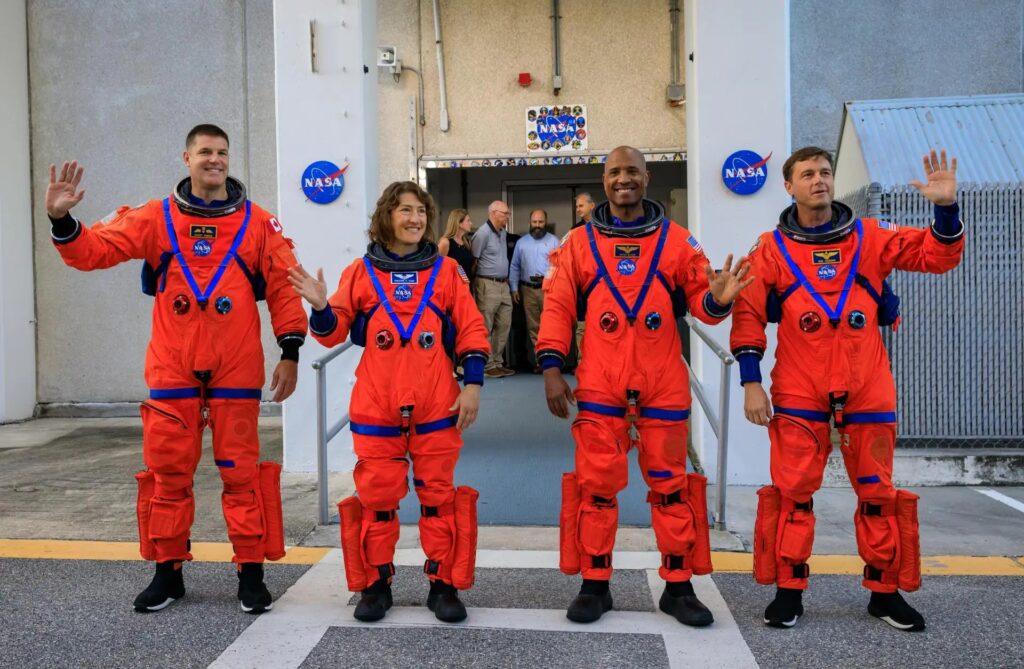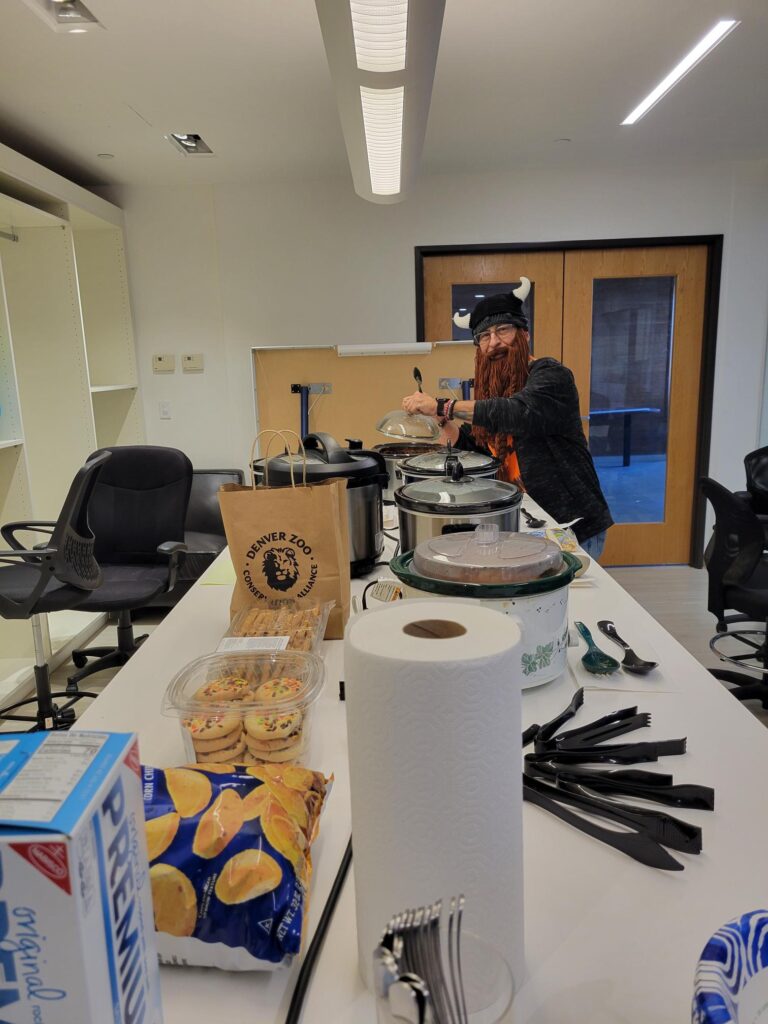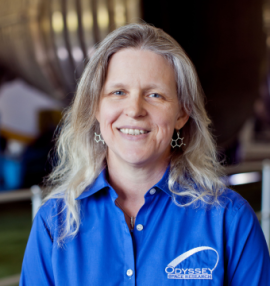NASA administrators recently gave important updates on the progress of the Artemis program. They addressed Artemis II, the first crewed mission, Artemis III, the mission set to land the first astronauts near the lunar South Pole, and Artemis IV, which will incorporate the Gateway lunar space station. To address challenges in first-time developments, operations, and integration, NASA administrators recently announced that the schedules for Artemis II and III are being adjusted. Artemis II is now targeted for September 2025, prioritizing crew safety as teams troubleshoot a battery issue and address circuitry challenges for air ventilation and temperature control. Artemis III, set for September 2026, aligns with the updated Artemis II schedule.
This guarantees that the agency can integrate insights gained from Artemis II into subsequent missions and recognizes the developmental hurdles faced by NASA’s industry collaborators.
Every crewed Artemis mission introduces new complexities, necessitating additional system flight tests. NASA has also tasked SpaceX and Blue Origin, the Artemis human landing system providers, to apply newly gained knowledge toward future large cargo delivery missions. As a symbol of progress, the Orion Crew capsule from Artemis I is undergoing qualification tests in Ohio that will allow engineers to better understand Orion’s launch and inflight abort system. This is a safety critical function for the Artemis II crewed mission and underscores NASA’s commitment to advancing lunar exploration and paving the way for future human missions.










